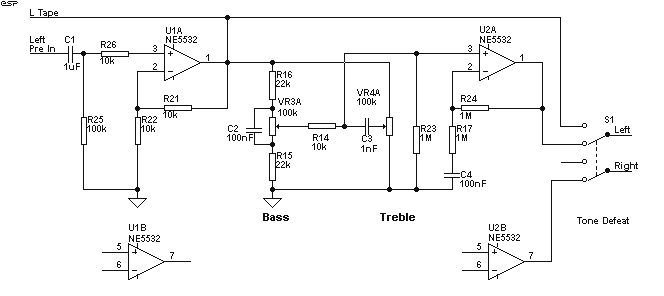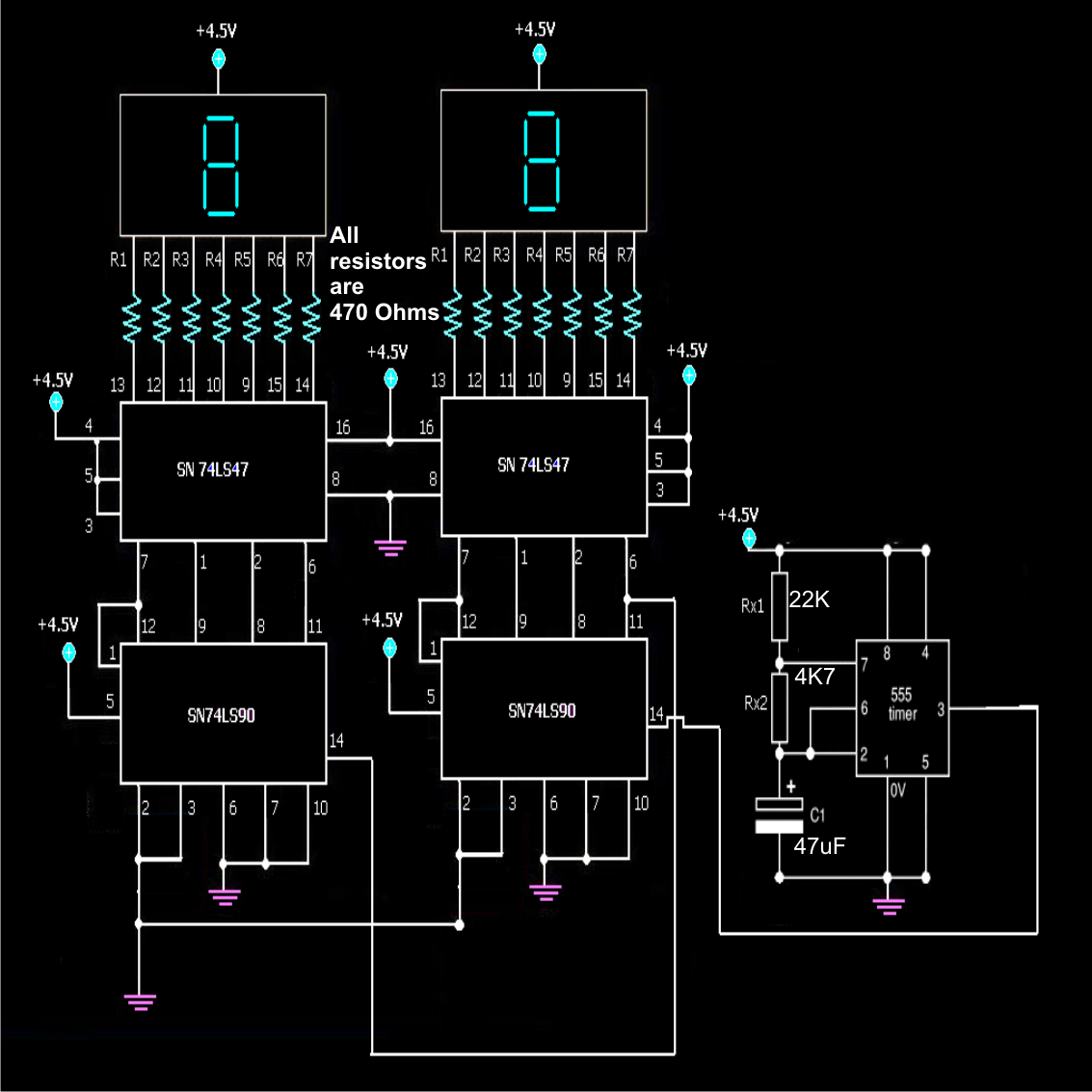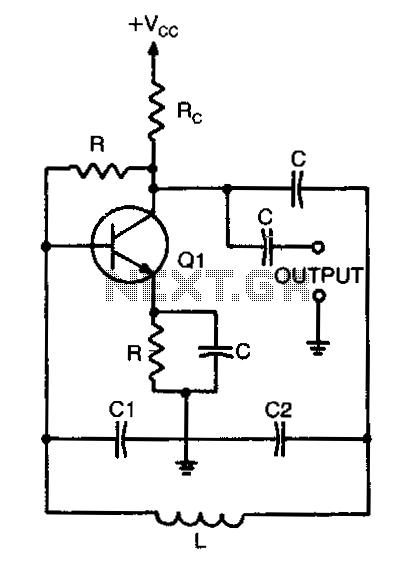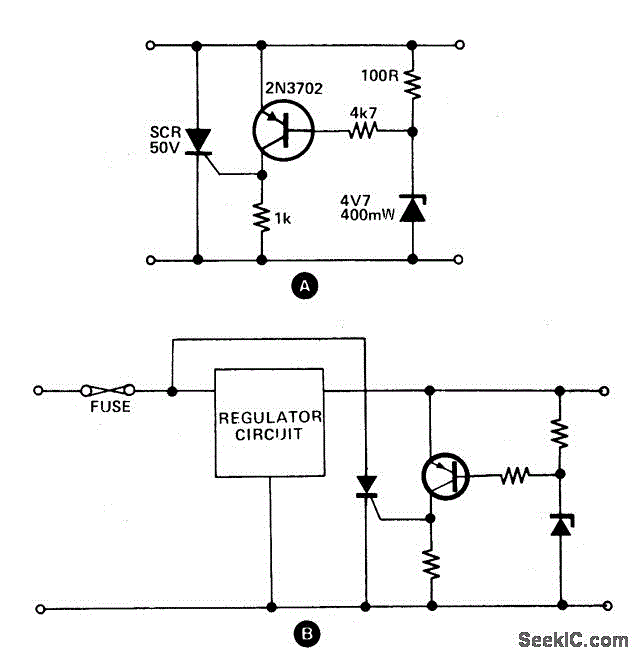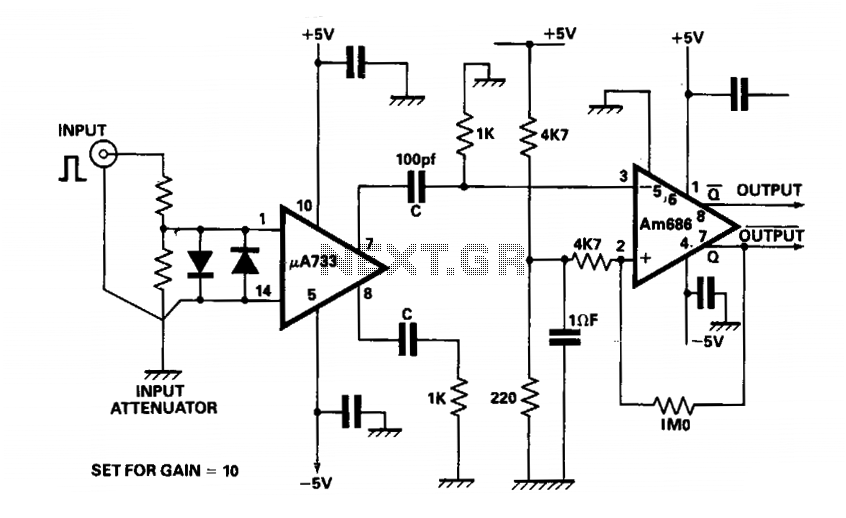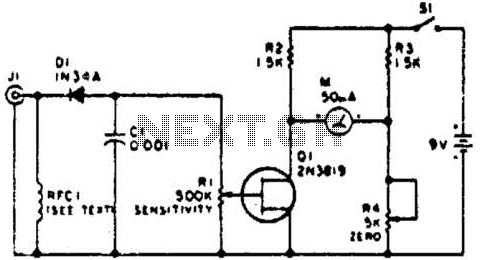
very simple oscillator 7700 Hz
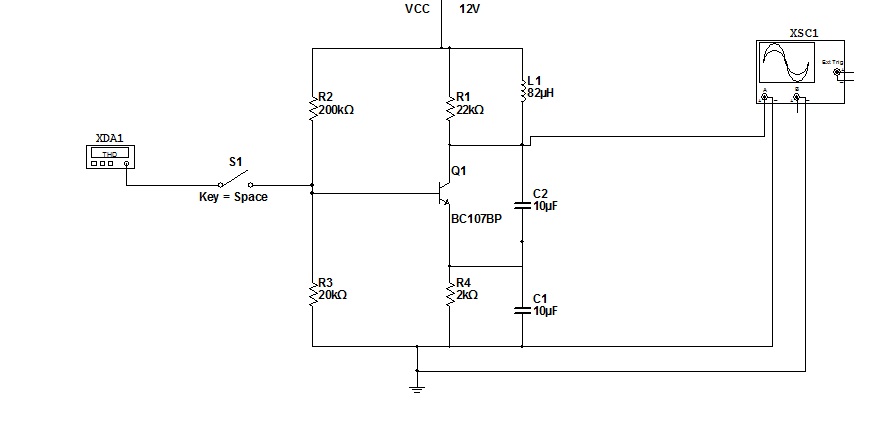
To simulate this circuit, NI Multisim produced by National Instruments is required. The oscillator will generate a stable waveform. If a file needs to be saved, navigate to the source code. It is important to use Multisim version 11. Understanding how this works is crucial, as most devices have a clock source, which varies depending on the application.
The circuit simulation involves utilizing NI Multisim, a powerful software tool designed for electronic circuit design and analysis. The primary function of the oscillator in this circuit is to produce a stable waveform, which is essential for timing applications in various electronic devices. The stability of the waveform is critical, as it ensures consistent performance in digital circuits.
In order to save the simulation results, users must access the source code within the Multisim environment. This feature allows for the documentation and reuse of circuit designs and simulation data, which is particularly beneficial for iterative design processes or educational purposes.
The choice of clock source is a fundamental aspect of circuit design. Different devices may require specific types of clock sources, such as crystal oscillators, RC oscillators, or PLLs (Phase-Locked Loops), depending on the frequency stability and accuracy needed for the application. Understanding the characteristics and limitations of these clock sources is vital for optimizing circuit performance and ensuring compatibility with other components in the system.
In conclusion, the successful simulation of the circuit in NI Multisim version 11 hinges on understanding the oscillator's role in generating stable waveforms and the importance of selecting the appropriate clock source for the specific application.for simulation this circuit you must have NI multisim produced by National Instrument When oscillator nearing stable Waveform oscillator if you want save file go to source code and you need multisim ver11 How its work exactly? you must know this fact , most device have clock source ,and clock source they used depend. 🔗 External reference
The circuit simulation involves utilizing NI Multisim, a powerful software tool designed for electronic circuit design and analysis. The primary function of the oscillator in this circuit is to produce a stable waveform, which is essential for timing applications in various electronic devices. The stability of the waveform is critical, as it ensures consistent performance in digital circuits.
In order to save the simulation results, users must access the source code within the Multisim environment. This feature allows for the documentation and reuse of circuit designs and simulation data, which is particularly beneficial for iterative design processes or educational purposes.
The choice of clock source is a fundamental aspect of circuit design. Different devices may require specific types of clock sources, such as crystal oscillators, RC oscillators, or PLLs (Phase-Locked Loops), depending on the frequency stability and accuracy needed for the application. Understanding the characteristics and limitations of these clock sources is vital for optimizing circuit performance and ensuring compatibility with other components in the system.
In conclusion, the successful simulation of the circuit in NI Multisim version 11 hinges on understanding the oscillator's role in generating stable waveforms and the importance of selecting the appropriate clock source for the specific application.for simulation this circuit you must have NI multisim produced by National Instrument When oscillator nearing stable Waveform oscillator if you want save file go to source code and you need multisim ver11 How its work exactly? you must know this fact , most device have clock source ,and clock source they used depend. 🔗 External reference
